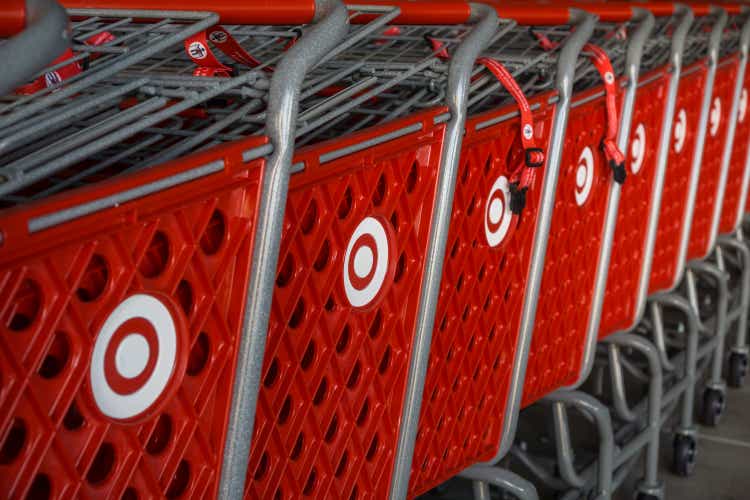Would you consider paying Justin Bieber to create a video about your company’s SaaS offering? Or how about hiring Kim Kardashian to produce an Instagram Reel summarizing the highlights of your latest whitepaper? While these consumer-friendly faces may seem like a good fit for B2C marketing, enterprise brands should strategically reconsider. B2B influencer marketing, a strategy that involves partnering with influential figures in the industry to enhance your brand’s reach and credibility, is more prevalent than you might think.
For instance, you may be familiar with monday.com’s successful campaign or TopRank Marketing’s recent 2023 B2B Influencer Marketing Report: Elevate & Ignite, which features insights from top thought leaders and eye-opening statistics. This report reveals that 94% of marketers believe influencer marketing is an effective strategy for B2B marketing. So, how exactly does B2B influencer marketing work?
Let’s delve into the process of crafting an influencer marketing campaign step by step:
Step 1: Choosing an influencer marketing program
Decide whether a campaign-based or always-on program is right for your brand. Campaign-based programs are one-off campaigns featuring professional influencers and prospects, while always-on programs involve consistent engagement and campaigns. Research shows that always-on programs lead to significant increases in areas like sales revenue and brand reputation.
Step 2: Conducting a competitive audit
Begin with a competitive audit to identify competitors and gain strategic insights. This will help differentiate your brand, reach underserved audiences, and seize opportunities.
Step 3: Prioritizing influencer qualities and categories
Consider qualities like audience trustworthiness, relevance, and professional credentials when selecting influencers. Categorize B2B influencers into thought leaders, niche experts, practitioners, and internal influencers based on your goals.
Step 4: Identifying and vetting influencers
Discovering the right influencers for your campaign can be challenging. Use tools like Google Boolean Search, Influencer Marketing Platforms, and Social Listening Platforms to find influencers who align with your brand.
Step 5: Building relationships and outreach
Establishing relationships with influencers is crucial. Offer more than just payment – take the time to learn about them and personalize your outreach efforts.
Step 6: Negotiating
Negotiate with influencers for fair compensation. Establish clear terms in a contract and ensure payment is handled appropriately.
Step 7: Briefing influencers and launching your campaign
Provide influencers with a detailed brief outlining the campaign overview, key messaging points, deliverables, and more. Collaborate with influencers to determine publishing dates for each deliverable.
Step 8: Report, optimize, and repeat
Measure the success of your influencer marketing program against benchmarks. Optimize your strategy based on results to improve ROI. Reflect on your goals and make necessary changes for future campaigns.
Are you prepared to launch an influencer marketing program? Consider the effort involved and whether contracting outside agencies may be beneficial for your organization.
Source link























